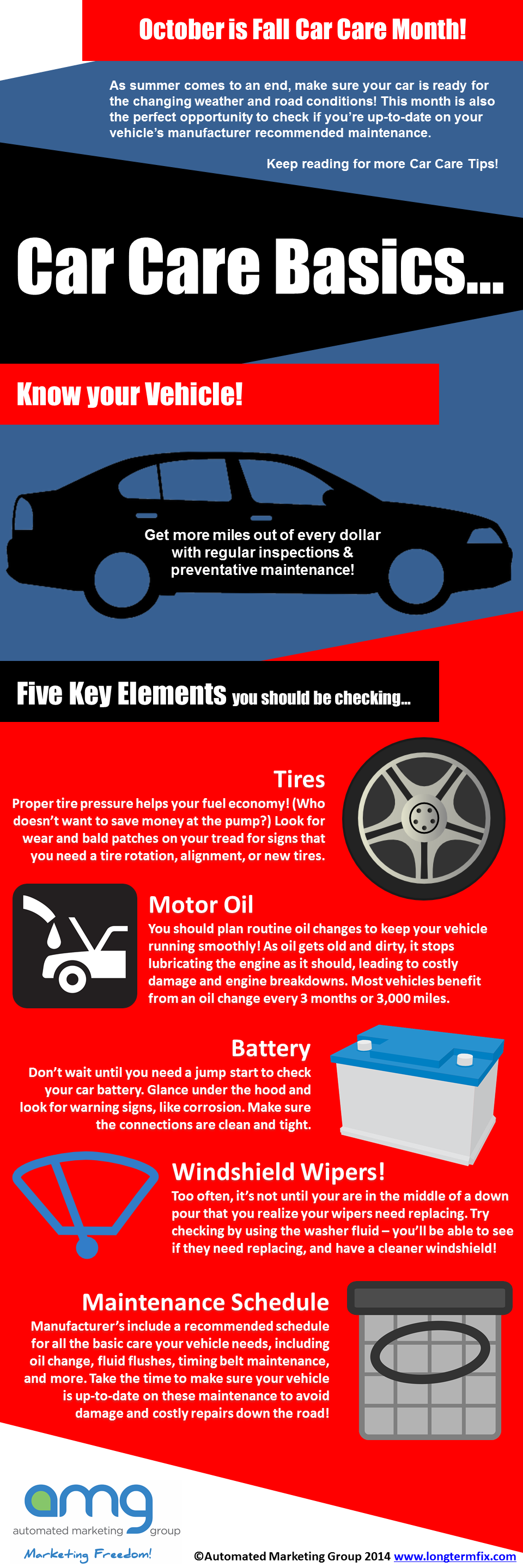Translating Your Automobile'S Warning Indicators: What They Truly Signify
Translating Your Automobile'S Warning Indicators: What They Truly Signify
Blog Article
Published By-Sykes Shepherd
When you lag the wheel, those glowing caution lights on your control panel can be a little bit bewildering. Do you recognize what they're attempting to inform you regarding your auto's wellness? Understanding the relevance of these lights is crucial for your safety and the long life of your vehicle. So, the next time among those lights pops up, would not you want to understand its message accurately and take the required steps to address it?
Common Caution Lights and Interpretations
Recognize usual caution lights in your car and comprehend their definitions to make sure secure driving.
One of the most normal caution lights include the check engine light, which signifies problems with the engine or emissions system. If this light comes on, it's important to have your lorry checked promptly.
The oil stress warning light suggests low oil stress, calling for instant attention to avoid engine damage.
carwash botany flashing battery light could suggest a defective charging system, possibly leaving you stranded if not dealt with.
The tire stress monitoring system (TPMS) light notifies you to low tire stress, impacting lorry stability and fuel effectiveness. Neglecting this can lead to hazardous driving conditions.
The abdominal light suggests a trouble with the anti-lock braking system, compromising your capacity to stop promptly in emergency situations.
Last but not least, the coolant temperature level warning light warns of engine overheating, which can cause serious damage if not solved promptly.
Recognizing these typical caution lights will certainly assist you resolve concerns promptly and maintain safe driving conditions.
Relevance of Prompt Focus
Understanding the common warning lights in your vehicle is only the initial step; the relevance of quickly attending to these warnings can not be stressed sufficient to ensure your safety on the road.
When a caution light illuminates on your dashboard, it's your cars and truck's method of interacting a possible problem that requires focus. Ignoring these cautions can cause much more extreme problems later on, compromising your safety and potentially costing you more out of commission.
https://fox8.com/automotive/spend-less-at-the-pump-with-these-fuel-saving-tips/ to warning lights can prevent failures and accidents. For example, a blinking check engine light might show a misfire that, if left unattended, can create damage to the catalytic converter. Addressing this promptly can save you from a pricey fixing.
In a similar way, a brake system warning light could signal low brake liquid or worn brake pads, essential parts for your safety and security when driving.
DIY Troubleshooting Tips
If you see a caution light on your dashboard, there are a few DIY troubleshooting tips you can attempt prior to seeking professional aid.
The primary step is to consult your auto's manual to recognize what the certain caution light shows. In some cases the problem can be as easy as a loose gas cap activating the check engine light. Tightening the gas cap may fix the issue.
Another typical issue is a low battery, which can cause various warning lights. Inspecting the battery links for corrosion and guaranteeing they're safe and secure could take care of the problem.
If a warning light continues, you can try resetting it by separating the auto's battery for a few minutes and after that reconnecting it. In addition, examining your lorry's liquid levels, such as oil, coolant, and brake liquid, can aid repair cautioning lights connected to these systems.
you can try these out
To conclude, comprehending your automobile's caution lights is important for keeping your car running smoothly and safely. By immediately dealing with these signals and knowing what they suggest, you can stay clear of pricey repair services and potential breakdowns.
Keep in mind to consult your car's guidebook for certain information on each cautioning light and do something about it as necessary to guarantee a hassle-free driving experience.
Remain notified, remain safe when driving!
